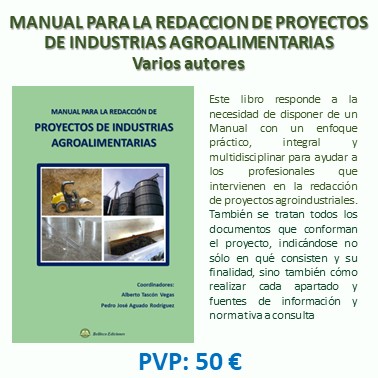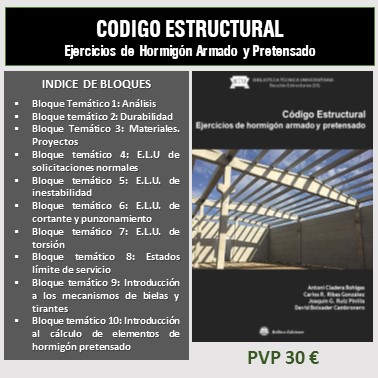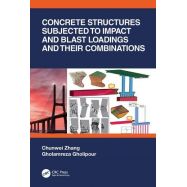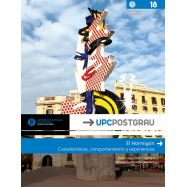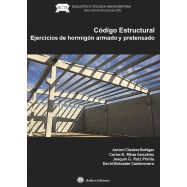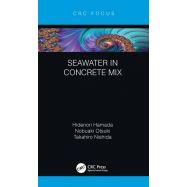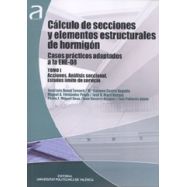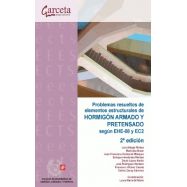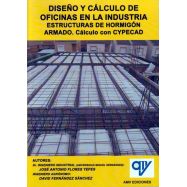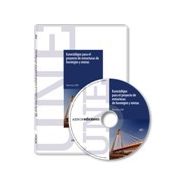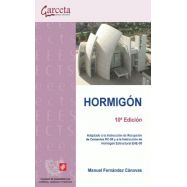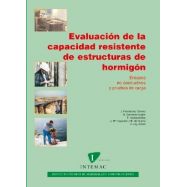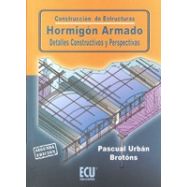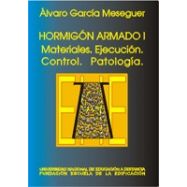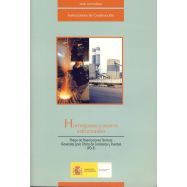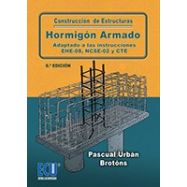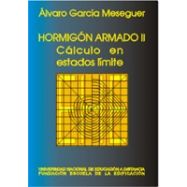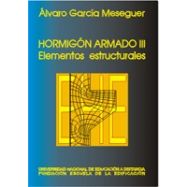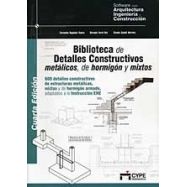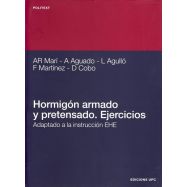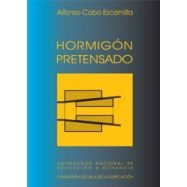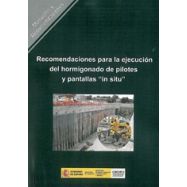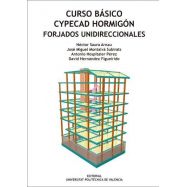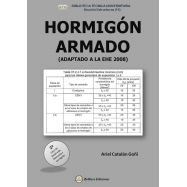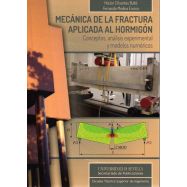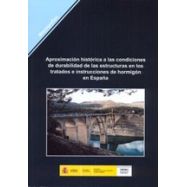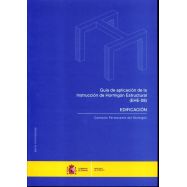Ningún producto
Materias
- BELLISCO EDICIONES. Nuestro Fondo Editorial
- FONDOS EDITORIALES EN DISTRIBUCION
- LIBROS TECNICOS EN INGLES
- ARQUITECTURA - URBANISMO
- AUTOMOCION - MOTORES - VEHICULOS
- AVIONICA - AERONAUTICA
- CALIDAD - EMPRESARIALES - GESTION
- CIENCIAS EXACTAS - MATEMATICAS
- CIENCIAS NATURALES Y APLICADAS
- CIENCIAS DE LA TIERRA - INGENIERIA DEL SUELO
- DICCIONARIOS TECNICOS
- ESTRUCTURAS - CONSTRUCCION
- Acústica (aislamiento, ruidos, vibraciones)
- Análisis de estructuras, resistencia de materiales, elasticidad, cálculo matricial
- Edificación
- Estructuras de Hormigón
- Estructuras Metálicas
- Estructuras de Madera
- Estructuras Mixtas
- Estructuras y Construcción en General
- Novedades Estructuras-Construccion
- rehabilitacion y restauracion
- Formación Profesional: Oficios en construccion, edificación y obras
-
- FORMACION PROFESIONAL
- HIDRAULICA - INGENIERIA SANITARIA - AGUAS
- INGENIERIA CIVIL - OBRAS PUBLICAS
- INGENIERIA MECANICA E INDUSTRIAL
- INSTALACIONES . GENERALES, EN EDIFICACION E INDUSTRIALES
- MATERIALES
- MEDIO AMBIENTE
- NORMATIVA
- OPOSICIONES
- PREVENCION DE RIESGOS LABORALES
- PROGRAMAS INFORMATICOS DE CALCULO
- TECNOLOGIA DE LOS ALIMENTOS: Industrias: Conservación, envasado y cadenas alimentarias
- TELECOMUNICACIONES - INFORMATICA - TECNOLOGIA DE LA INFORMACION
- OUTLET DE BELLISCO: Descuentos de hasta el 80%
- RELIGION, TEOLOGIA, MORAL Y ESPIRITUALIDAD
- VARIOS
- OFERTAS
- PROMOCIONES
- NEWSLETTER
- CATEGORIAS DESTACADAS
- ULTIMAS NOVEDADES BELLISCO
- ARQUITECTURA SOSTENBILE
- URBANISNO
- MATEMATICAS EN GENERAL
- AGRONOMOS-AGRICULTURA-FORESTALES
- ELECTROMAGENTISMO-ELECTRONICA-ELECTRICIDAD
- INGª Y MECÁNICA DEL SUELO. CIMENTACIONES
- TOPOGRAFIA, FOTOGRAMETRÍA, GEODESIA
- EDIFICACION
- ANALISIS DE ESTRUCTURAS, RESISTENCIA DE MATERIALES, ELASTICIDAD, CALCULO MATRICIAL
- OFICIOS VARIOS
- ABASTECIMIENTO Y DISTRIBUCION DE AGUA
- PUENTES
- TUNELES Y OBRAS SUBTERRANEAS
- MAQUINAS Y MECANISMOS
- SOLDADURA
- CLIMATIZACION
- INSTALACIONES DE AGUA
- INSTALACIONES ELECTRICAS CIENCIA E INGENIERIA DE MATERIALES
- ENERGIAS RENOVABLES
- DESARROLLO SOSTENIBLE
- INFORMATICA-SISTEMAS-FORMACION-PROGRAMAS
-
CONCRETE PERMEABILITY AND DURABILITY PERFORMANCE From Theory to Field Applications
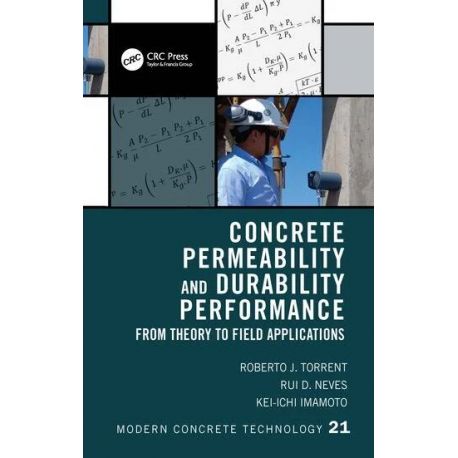 Ver más grande
Ver más grande Referencia: Código 10930
Febrero de 2024 - Roberto J. Torrent, Rui D.. - Refª 10930
Roberto J. Torrent, Rui D. Neves, Kei-ichi Imamoto
Febrero de 2024 Páhinas: 578 Edición en tapa blanda
Código 10930 ISBN/EAN:9781032039701
DESCRIPTION:
Durability and service life design of concrete constructions have considerable socio-economic and environmental consequences, in which the permeability of concrete to aggressive intruders plays a vital role.
Concrete Permeability and Durability Performance provides deep insight into the permeability of concrete, moving from theory to practice, and presents over 20 real cases, such as Tokyo’s Museum of Western Art, Port of Miami Tunnel and Hong Kong-Zhuhai-Macao sea-link, including field tests in the Antarctic and Atacama Desert. It stresses the importance of site testing for a realistic durability assessment and details the "Torrent Method" for non-destructive measurement of air-permeability. It also delivers answers for some vexing questions:
- Should the coefficient of permeability be expressed in m² or m/s?
- How to get a "mean" pore radius of concrete from gas-permeability tests?
- Why should permeability preferably be measured on site?
- How can service life of reinforced concrete structures be predicted by site testing of gas-permeability and cover thickness?
Practitioners will find stimulating examples on how to predict the coming service life of new structures and the remaining life of existing structures, based on site testing of air-permeability and cover thickness. Researchers will value theoretical principles, testing methods, as well as how test results reflect the influence of concrete mix composition and processing.
TABLE OF CONTENTS:
1. Durability Performance of Concrete Structures
2. Permeability as Key Concrete Property
3. Theory: Concrete Microstructure and Transport of Matter
4. Test Methods to Measure Permeability of Concrete
5. ‘Torrent’ NDT Method for Coefficient of Air-Permeability
6. Effect of Key Technological Factors on Concrete Permeability
7. Why Durability Needs to be Assessed on Site?
8. Why Air-Permeability kT as Durability Indicator?
9. Service Life Assessment Based on Site Permeability Tests
10. The Role of Permeability on Explosive Spalling Under Fire
11. Real Cases of kT Test Applications on Site
12. Epilogue: The Future
Appendix A. Transport Test Methods Other Than Permeability
Appendix B. Model Standard for Measuring the Coefficient of Air-Permeability kT of Hardened Concrete
Biography
Dr. Roberto J. Torrent is a researcher, consultant and partner of Materials Advanced Services Ltd. He held positions at the National Institute of Industrial Technology and Portland Cement Institute (Argentina), as well as at Holcim Technology Ltd. (Switzerland). For thirty years he has been directly involved in durability testing of a large variety of concretes, both in the lab and on site. In the 90s he invented the Torrent NDT Method for measuring air-permeability. He is a RILEM Honorary Member.
Dr. Rui Neves was formerly a researcher at the National Laboratory for Civil Engineering (LNEC-Portugal). Currently he is Professor in the Structures and Geotechnics Division at Barreiro School of Technology, Polytechnic Institute of Setúbal, Portugal. His research efforts are mainly devoted to service life of reinforced concrete structures, with special emphasis on investigating and testing the permeability of concrete and rocks. He has carried out relevant consulting activity within the frame of concrete quality control, as well as inspection and appraisal of reinforced concrete structures.
Dr. Kei-ichi Imamoto is a graduate of Tokyo University of Science, Japan. He performed research at Tokyu Construction Co. Ltd. for nine years and is now Professor at Tokyo University of Science. He received the Young Researcher`s award from AIJ (Architectural Institute of Japan) in 2008, and prizes from Japan Society for Finishing Technology, Japan Concrete Institute and Suga Weathering foundation. He is very active in durability testing and service life assessment of concrete structures.
Descripción
El diseño de la durabilidad y la vida útil de las construcciones de hormigón tiene considerables consecuencias socioeconómicas y medioambientales, en las que la permeabilidad del hormigón a los intrusos agresivos juega un papel vital.
Concrete Permeability and Durability Performance proporciona una visión profunda de la permeabilidad del hormigón, pasando de la teoría a la práctica, y presenta más de 20 casos reales, como el Museo de Arte Occidental de Tokio, el túnel del puerto de Miami y el enlace marítimo Hong Kong-Zhuhai-Macao. incluyendo pruebas de campo en la Antártida y el desierto de Atacama. Destaca la importancia de las pruebas in situ para una evaluación realista de la durabilidad y detalla el "Método Torrent" para la medición no destructiva de la permeabilidad al aire. También ofrece respuestas a algunas preguntas desconcertantes:
- ¿El coeficiente de permeabilidad debe expresarse en m² o en m/s?
- ¿Cómo obtener un radio de poro "medio" del hormigón a partir de pruebas de permeabilidad al gas?
- ¿Por qué es preferible medir la permeabilidad in situ?
- ¿Cómo se puede predecir la vida útil de las estructuras de hormigón armado mediante pruebas in situ de permeabilidad al gas y espesor de la cubierta?
Los profesionales encontrarán ejemplos estimulantes sobre cómo predecir la próxima vida útil de nuevas estructuras y la vida útil restante de las estructuras existentes, basándose en pruebas in situ de permeabilidad al aire y espesor de la cubierta. Los investigadores valorarán los principios teóricos, los métodos de prueba y cómo los resultados de las pruebas reflejan la influencia de la composición y el procesamiento de la mezcla de concreto.
Tabla de contenido
2. La permeabilidad como propiedad clave del concreto
3. Teoría: microestructura del concreto y transporte de materia
4. Métodos de prueba para medir la permeabilidad del concreto
5. Método de END 'torrente' para el coeficiente de permeabilidad al aire
6. Efecto de Factores tecnológicos clave sobre la permeabilidad del hormigón
7. ¿Por qué es necesario evaluar la durabilidad en obra?
8. ¿Por qué la permeabilidad al aire kT como indicador de durabilidad?
9. Evaluación de la vida útil basada en pruebas de permeabilidad en el sitio
10. El papel de la permeabilidad en el desconchado de explosivos bajo fuego
11. Casos reales de aplicaciones de pruebas kT en el sitio
12. Epílogo: El futuro
Apéndice A. Métodos de prueba de transporte distintos de la permeabilidad
Apéndice B. Modelo Norma para medir el coeficiente de permeabilidad al aire kT del hormigón endurecido
TAMBIEN LE PUEDE INTERESAR
- 101,00 €
- 59,00 €
- 28,50 €
- 38,00 €

